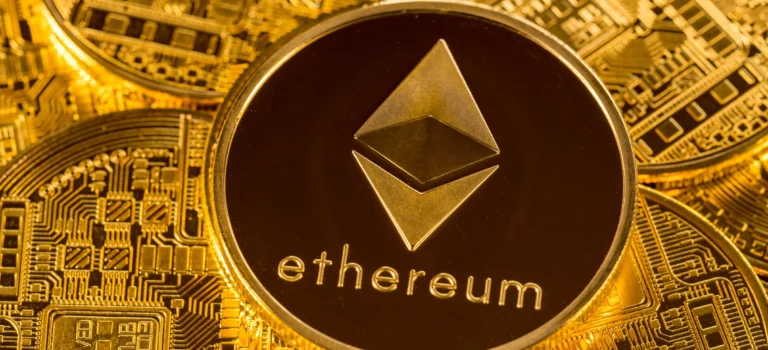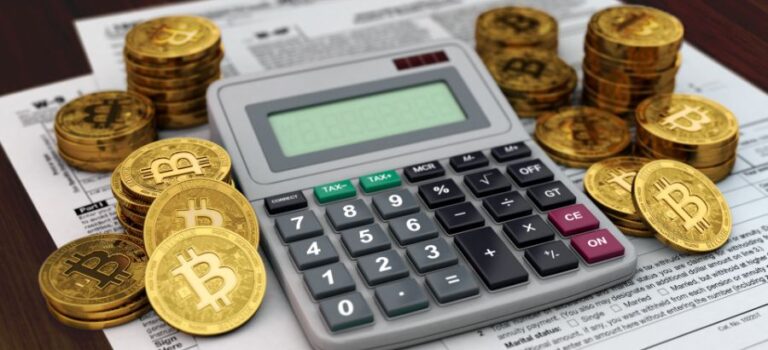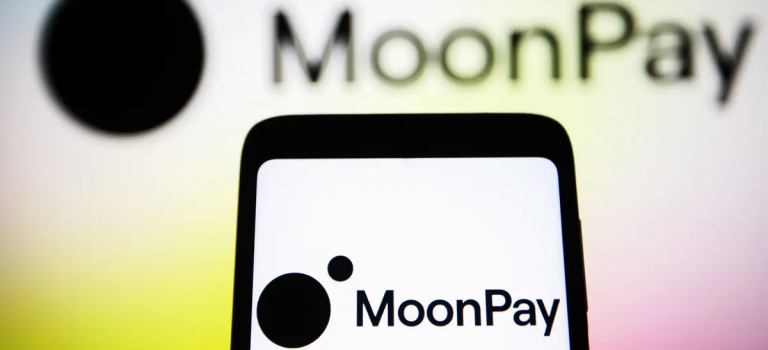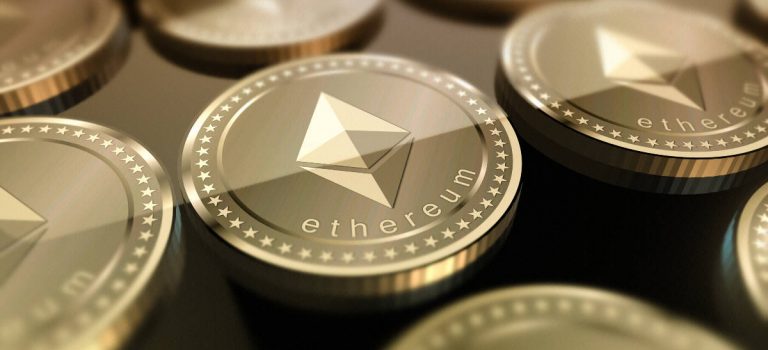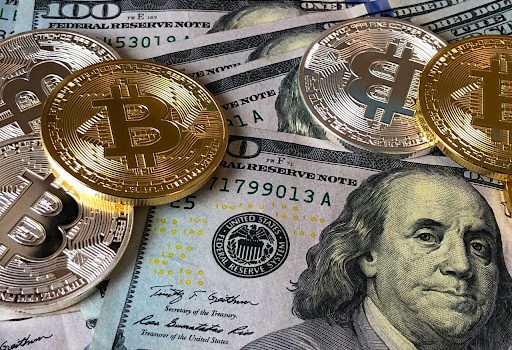In the fast-paced world of cryptocurrency trading, having the right tools at your disposal can make all the difference. Enter ElevGas, a cutting-edge trading platform that’s been making waves in the crypto community. Our team has spent considerable time exploring this innovative solution, and we’re excited to share our findings with you.
What is ElevGas?
ElevGas is a sophisticated automated trading platform designed to streamline the cryptocurrency trading process for both novice and experienced traders. Drawing from our experience, we’ve found that ElevGas stands out from the crowd due to its user-friendly interface and powerful automated trading strategies.
The platform was developed by a team of seasoned traders and software engineers who recognized the need for a more efficient and accessible way to navigate the often volatile crypto markets. By leveraging advanced algorithms and machine learning, ElevGas aims to optimize trading decisions and potentially increase profitability for its users.
How does ElevGas work?
At its core, ElevGas operates by connecting to various cryptocurrency exchanges and executing trades based on predefined strategies and market analysis. Our team discovered that it employs a combination of technical indicators, sentiment analysis, and historical data to make informed trading decisions.
Here’s a simplified breakdown of the ElevGas process:
- Market Analysis: The platform continuously monitors market conditions across multiple exchanges to identify trends and opportunities.
- Strategy Execution: Based on the analysis, ElevGas automatically triggers buy or sell orders according to the user’s chosen strategy, which could include parameters such as price movements, volume trends, and specific technical indicators.
- Risk Management: Built-in risk management tools are integrated to help protect users from significant losses. These tools may include stop-loss orders, position sizing algorithms, and real-time monitoring of portfolio risk.
- Performance Tracking: ElevGas provides real-time updates and detailed reports on trading performance. Users can track their portfolio’s growth, analyze historical trades, and adjust strategies based on performance metrics and insights provided by the platform.
This structured approach ensures that ElevGas not only automates trading processes but also enhances decision-making through comprehensive market analysis and risk management strategies.
Key Features of ElevGas
Based on our firsthand experience, here are some of the standout features that make ElevGas a powerful tool for crypto traders:
Automated Trading Strategies
ElevGas offers a wide range of pre-built trading strategies that users can choose from based on their risk tolerance and investment goals. These strategies are continuously refined and updated by the platform’s team of experts to adapt to changing market conditions.
Some popular strategies include:
- Trend following
- Mean reversion
- Arbitrage
- Scalping
Users can also create custom strategies using the platform’s strategy builder, allowing for a high degree of flexibility and personalization.
User-Friendly Interface
When we trialed this product, one of the first things that stood out was its intuitive and clean interface. ElevGas has clearly prioritized user experience, making it easy for even novice traders to navigate the platform and access its powerful features.
Key elements of the interface include:
- A customizable dashboard
- Real-time market data visualization
- Easy-to-read performance reports
- One-click strategy activation
Customizable Settings
Our analysis of this product revealed that flexibility is a core principle of ElevGas. Users have the ability to fine-tune various aspects of their trading experience, including:
- Risk management parameters
- Trading pairs and exchanges
- Strategy-specific settings
- Notification preferences
This level of customization ensures that traders can tailor the platform to their specific needs and trading style.
Advanced Analytics and Reporting
As per our expertise, robust analytics and reporting are crucial for successful trading. ElevGas doesn’t disappoint in this area, offering:
- Detailed performance metrics
- Historical trade data
- Market trend analysis
- Custom report generation
These tools provide valuable insights that can help traders refine their strategies and make more informed decisions.
Differences from Other Platforms
To give you a clearer picture of how ElevGas stacks up against the competition, we’ve created a comparison table based on our observations:
| Feature | ElevGas | Other Platforms |
| Automated Trading | ✓ | ✓ |
| Custom Strategies | ✓ | ✗ |
| User-Friendly Interface | ✓✓✓ | ✓✓ |
| Number of Supported Exchanges | 15+ | 10 |
| Advanced Analytics | ✓✓✓ | ✓✓ |
| Customer Support | 24/7 | Business Hours |
| Mobile App | ✓ |
Simple Steps to Start Trading with ElevGas
Getting started with ElevGas is a straightforward process. Here’s a quick guide based on our practical knowledge:
- Sign Up: Visit the ElevGas website and create an account by filling out the registration form. Provide necessary details such as your email address and a secure password.
- Connect Exchanges: After creating your account, link your preferred cryptocurrency exchanges to the ElevGas platform. This step involves providing API keys or other authentication methods to establish a secure connection between ElevGas and your exchange accounts.
- Choose a Strategy: Once your exchanges are connected, choose a trading strategy that aligns with your goals. ElevGas offers pre-built strategies designed to automate trading based on various market conditions. Alternatively, you can create a custom strategy tailored to your specific preferences and risk tolerance.
- Set Parameters: Adjust risk management settings and other parameters according to your trading strategy. This may include setting stop-loss orders, defining position sizes, selecting technical indicators, and configuring trading frequency.
- Fund Your Account: Transfer funds from your personal wallet or bank account to the connected exchange accounts. Ensure you have sufficient funds available to execute trades based on your chosen strategy.
- Activate Trading: Once everything is set up and funded, activate your chosen strategy within the ElevGas platform. This initiates automated trading operations based on the parameters and conditions you’ve defined.
By following these simple steps, you can start leveraging ElevGas to automate your cryptocurrency trading activities efficiently and effectively. This approach allows you to take advantage of market opportunities while minimizing the time and effort required for manual trading.
ElevGas Pros & Cons
Through our trial and error, we discovered that like any trading platform, ElevGas has its strengths and weaknesses. Here’s a balanced look at the pros and cons:
Pros:
- User-friendly interface suitable for all experience levels: ElevGas offers an intuitive interface that is easy to navigate, making it accessible for both novice and experienced traders alike.
- Wide range of customizable automated strategies: The platform provides a variety of pre-built strategies that users can customize to suit their trading preferences and risk tolerance. This flexibility allows for tailored trading approaches.
- Advanced analytics and reporting tools: ElevGas includes robust analytics and reporting features that provide users with insights into their trading performance. This data helps traders make informed decisions and optimize their strategies over time.
- Supports multiple exchanges and cryptocurrencies: ElevGas integrates with a wide range of cryptocurrency exchanges, allowing users to trade across multiple platforms and access a diverse selection of digital assets.
- Robust risk management features: The platform includes built-in risk management tools such as stop-loss orders, position sizing options, and real-time monitoring. These features help mitigate potential losses and protect capital during volatile market conditions.
Cons:
- Monthly subscription fee may be a barrier for some traders: ElevGas requires a monthly subscription fee, which could be a financial barrier for traders who are just starting or have limited funds available for trading expenses.
- Learning curve for creating custom strategies: While ElevGas offers customizable strategies, creating and optimizing custom strategies may require a learning curve, particularly for traders who are new to algorithmic trading or technical analysis.
- Reliance on third-party exchanges for trade execution: Since ElevGas operates by connecting to external cryptocurrency exchanges, trade execution speed and reliability may be influenced by the performance of these third-party platforms. Issues such as exchange downtime or maintenance can impact trading activities.
Understanding these pros and cons can help traders assess whether ElevGas aligns with their trading goals and preferences. Despite its drawbacks, ElevGas offers powerful automation and analytics tools that can significantly enhance trading efficiency and decision-making in the cryptocurrency market.
ElevGas Customer Support
Our investigation demonstrated that ElevGas takes customer support seriously. They offer a range of support options to assist users at various levels:
- 24/7 live chat support: ElevGas provides round-the-clock live chat support, allowing users to get immediate assistance with any queries or issues they encounter during trading.
- Comprehensive knowledge base and FAQs: The platform features a detailed knowledge base and frequently asked questions (FAQs) section. These resources cover a wide range of topics, from platform navigation to advanced trading strategies, providing self-help options for users seeking information.
- Regular webinars and educational content: ElevGas hosts regular webinars and produces educational content to help users improve their trading skills and maximize their use of the platform. These resources may include market analysis insights, strategy tutorials, and updates on platform features.
- Dedicated account managers for premium users: Premium users of ElevGas benefit from dedicated account managers who offer personalized support and guidance. These managers assist with account setup, strategy optimization, and troubleshooting tailored to the user’s specific needs.
This comprehensive level of support is crucial, particularly for new traders exploring automated trading or encountering technical challenges. ElevGas’ commitment to customer support aims to enhance user experience, foster confidence in automated trading strategies, and provide timely assistance whenever required.
User Reviews
To provide a well-rounded perspective, we’ve compiled some user reviews from various sources:
“ElevGas has completely transformed my trading. The automated strategies have saved me countless hours and improved my profitability.” – Sarah K., Crypto Enthusiast
“The interface is sleek and intuitive. I was up and running in no time, even as a beginner.” – Michael R., Novice Trader
“While the results have been mostly positive, I did experience some technical hiccups. Fortunately, their support team was quick to resolve the issues.” – David L., Experienced Trader
It’s worth noting that popular crypto influencer CryptoWendy has spoken positively about ElevGas on her YouTube channel, praising its user-friendly design and powerful features.
Final Words
Summary of Key Points
Our findings show that ElevGas is a robust and user-friendly automated trading platform that offers a range of features to suit both novice and experienced traders. Its strengths lie in its intuitive interface, customizable strategies, and advanced analytics. While it does come with a subscription cost and a learning curve for advanced features, the potential benefits in terms of time-saving and improved trading efficiency may outweigh these considerations for many users.
Future of ElevGas and Its Potential Impact on the Industry
As the cryptocurrency market continues to evolve, platforms like ElevGas are likely to play an increasingly important role. We believe that automated trading solutions will become more sophisticated, incorporating advanced AI and machine learning techniques to further optimize trading strategies.
ElevGas, with its focus on user experience and continuous improvement, is well-positioned to be at the forefront of this evolution. As more traders recognize the benefits of automation, we expect to see increased adoption of platforms like ElevGas, potentially leading to more efficient and liquid cryptocurrency markets.
While ElevGas isn’t without its challenges, our team’s experience suggests that it’s a powerful tool worth considering for anyone looking to enhance their cryptocurrency trading efforts.
FAQ
Is ElevGas suitable for beginner traders?
ElevGas can be a suitable choice for beginner traders due to its user-friendly interface and comprehensive educational resources. It offers tools and support that cater to newcomers in the trading world, helping them understand and navigate the market effectively.
Is my personal and financial information safe with ElevGas?
Ensuring the safety of your personal and financial information is a top priority for ElevGas. They employ robust security measures, including encryption protocols and secure servers, to safeguard all user data effectively. It’s advisable to review their specific privacy and security policies for detailed information on how they protect your information.
How does ElevGas compare to manual trading?
ElevGas offers several advantages over manual trading, primarily in terms of speed, accuracy, and automation. It uses sophisticated algorithms and automation tools to execute trades swiftly and efficiently, minimizing human error and emotional biases often associated with manual trading. Additionally, ElevGas can analyze vast amounts of data quickly, providing insights and opportunities that manual traders might miss. However, the choice between ElevGas and manual trading ultimately depends on individual preferences, strategies, and comfort levels with automation in trading.
Can I use ElevGas with my existing exchange accounts?
ElevGas typically integrates with various exchanges, allowing users to connect their existing exchange accounts seamlessly. This integration facilitates automated trading across multiple platforms, streamlining the trading process and providing flexibility for users to manage their portfolios efficiently. It’s recommended to check specific exchange compatibility and integration details provided by ElevGas to ensure compatibility with your existing accounts.
What happens if there’s a technical issue or market anomaly?
In the event of a technical issue or market anomaly, ElevGas typically incorporates safeguards and risk management protocols to mitigate potential risks. These may include automated monitoring systems that detect unusual market behavior or technical glitches. Depending on the severity and nature of the issue, ElevGas may pause trading operations, notify users, or implement automated responses to protect user funds and minimize losses. It’s advisable to review their specific risk management policies and contingency plans outlined in their terms of service or user agreements for detailed information on how they handle such situations.


